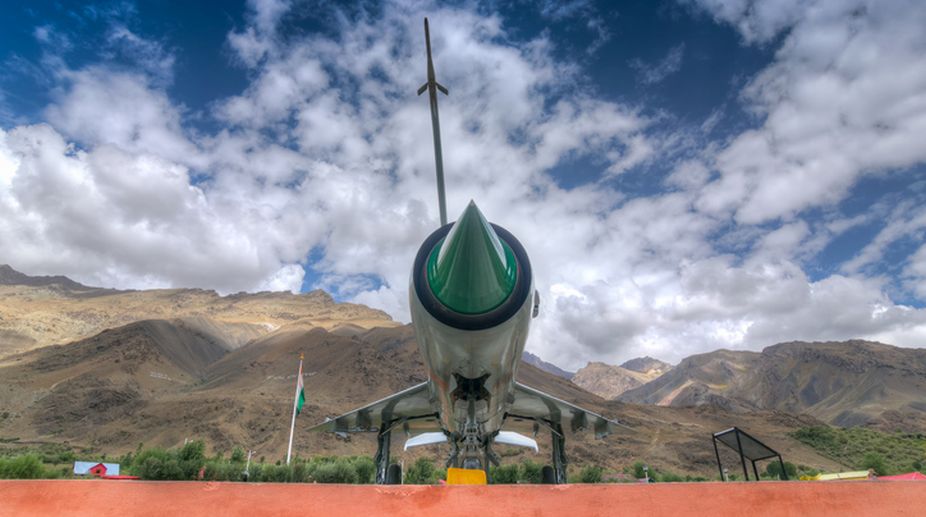Final development trials of indigenous beyond visual range air-to-air missile Astra were successfully concluded, moving it a step closer to induction into the Indian Air Force, an official statement said on Friday.
The trials were conducted between September 11 and 14 over the Bay of Bengal off Odisha coast at Chandipur, with the missile being test-fired from a Su-30 fighter aircraft.
A total of seven trials were conducted against Pilotless Target Aircrafts (PTA), and were successful, the statement said.
The missions included engagement of target at very long range, engagement of high manoeuvring target at medium range and multiple launches of missiles in salvo to engage multiple targets.
“All the sub-systems including the indigenous RF Seeker performed accurately, meeting all the mission parameters and objectives. Two missiles were also launched in the combat configuration with the warhead and the targets were neutralised,” the statement said.
“This effort for building a state-of-the-art BVRAAM by Defence Research and Development Organisation, together with Indian Air Force has completed the development phase of the weapon system successfully,” it added.
The project was delayed long over the seeker, which was being developed by DRDO and was finally tested earlier this year for the single-stage solid-propellant missile, which has a 154 kg launch weight and a 15 kg conventional explosive payload.
The statement also said that the Hindustan Aeronautics Ltd played a role in modifying the aircraft for weapon integration, while more than 50 public and private industries have contributed in building the Astra weapon system.
Programme Director S. Venugopal led the launch operations and flight trials along with the teams from multiple organisations.
Defence Minister Nirmala Sitharaman and DRDO Chief S. Christopher congratulated DRDO, IAF, and other defence public sector undertakings and industries for the missile’s successful trials.
Director General, Missiles and Strategic Systems G. Satheesh Reddy, meanwhile, said the technologies developed under the programme will be the building blocks for development of more variants of air-to-air and surface-to-air Missiles.
According to scientists, the technology for this missile is more complicated than that of ballistic Agni missiles, as Astra works on a terminal active radar-seeker and an updated mid-course internal guidance system that helps the missile in locating the target.
The missile, when fired from the aircraft, does not have its target in view. However, once the target is locked, the missile, which has a high energy propellant, has the capability to follow it while the seeker helps keeping the target in focus.
The missile has been designed to be capable of engaging high-speed targets at short range, up to 20 km in tail chase mode and long range, up to 80 km in head-on chase mode as per DRDO.
At sea level it has a range of up to 20 km but could have a range of 44 km from an altitude of 8,000 m and 80 km if launched from an altitude of 15,000 m.
Excluding a failure in one test, the missile has efficaciously completed all its tests.











